#atragon
Text
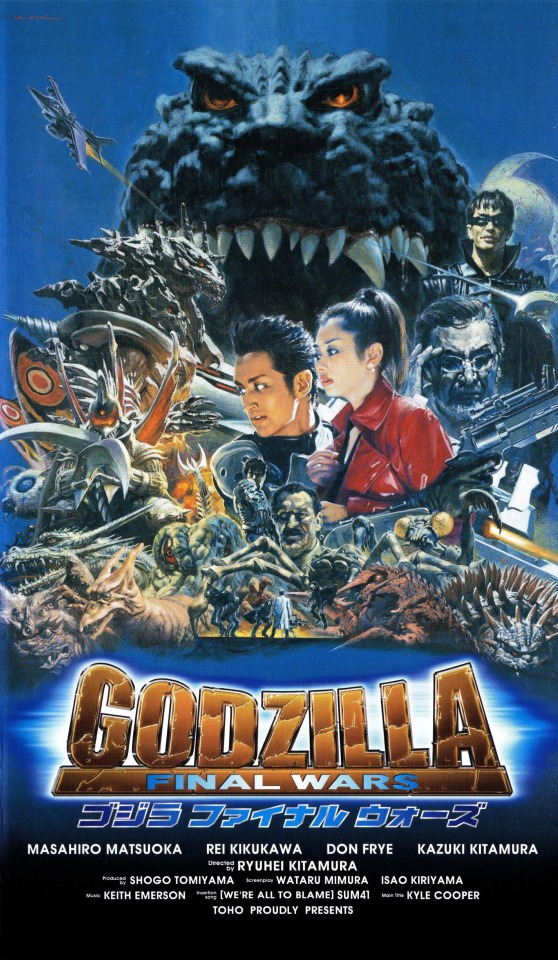
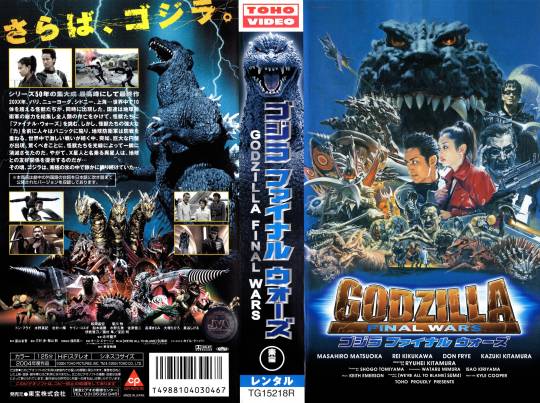
Godzilla Final Wars (2004) Rental VHS
#vhs#godzilla final wars#godzilla#monster x#rodan#king ghidorah#manda#minya#minilla#kumonga#anguirus#mothra#kamacuras#gigan#king caesar#hedorah#ebirah#atragon#keizer ghidorah#gotengo#zilla#noriyoshi ohrai#ゴジラ ファイナルウォーズ#ゴジラ#モンスターx#モスラ#ガイガン#マンダ#ラドン#生頼範義
114 notes
·
View notes
Text
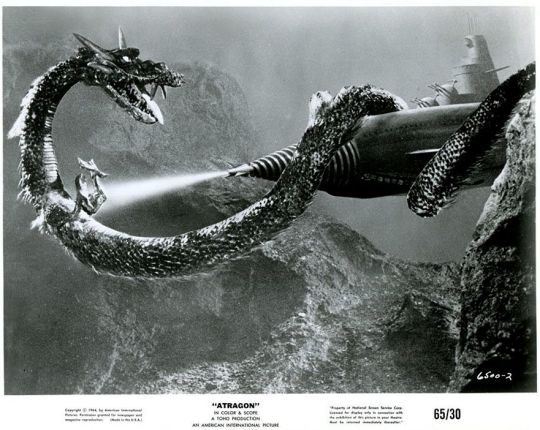
A lobby card for Atragon (1963).
63 notes
·
View notes
Text

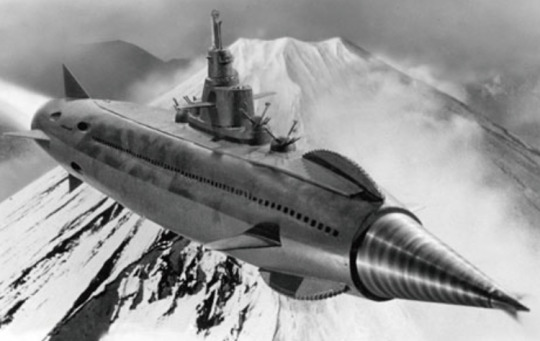
Gotengo, debuting in Atragon (1963) and appearing in several kaiju films
13 notes
·
View notes
Text

Atragon (1963)
16 notes
·
View notes
Text
So, here’s a thought. In Sonic X, Eggman’s machines are a bit infamous for heavily resembling machines and robots from other franchises-
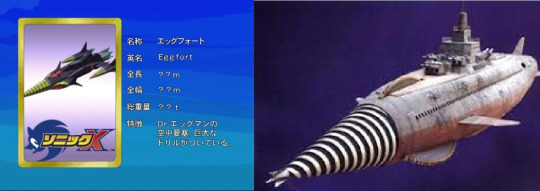


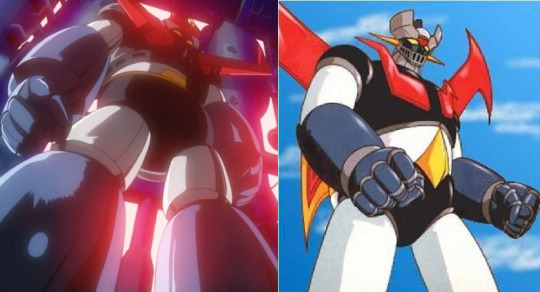
It even reaches a point where its poked fun at in the show itself-
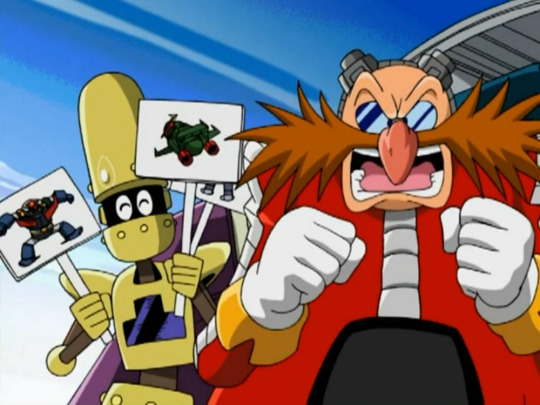
Now, obviously its all just a big ol’ referential gag to the various other science fiction franchises and machines out there, and there’s nothing more to it than that. But me being me, I got to thinking about it.
In Sonic X, Eggman is originally from Earth and somehow was sent over to Sonic’s World, and supposedly possesses no memories of his time on Earth and how he got there. It’s a... frustrating plot point, one that becomes nonsensical once other details are revealed later down the line. Nor does it quite make sense since Eggman evidently knows what baseball is, even though baseball doesn’t exist in Sonic’s World and Eggman supposedly doesn’t remember his time on Earth.
But enough about that. What I’m getting at? Either Eggman is lying for whatever reason, or he remembers stuff from Earth without being aware that they’re memories. And the reason why his robots and machines all resemble stuff from other science fiction franchises? Is because Eggman is a MASSIVE nerd who purposely took inspiration from those various films and series when making his machines, either consciously or unconsciously.
I’m not gonna figure out how the timeline works here given that the latest of these is from 1991 (Kinkyū Hasshin Saver Kids, from which Bocoe and Decoe are derived), and as I said timeline stuff is screwy thanks to the differential between Earth and Sonic World and its all just a mess. But all the same, I thought it might be a neat in-universe explanation for why so much of Eggman’s stuff seems so... familiar, even if I know its all just a big silly joke.
Point of order though? X-Eggman is the Nerdiest Eggman Ever, heh.
#Sonic the Hedgehog#Sonic X#Dr. Eggman#Bocoe#Decoe#Kinkyū Hasshin Saver Kids#Atragon#Gundam#Mazinger Z
52 notes
·
View notes
Text
For reference:

Gotengo (1963)

(USS Argo, 2019)
(Both images are taken from Google Image search)
8 notes
·
View notes
Text
Atragon Gallery - Manda vs Gotengo By Shigeru Komatsuzaki

48 notes
·
View notes
Text
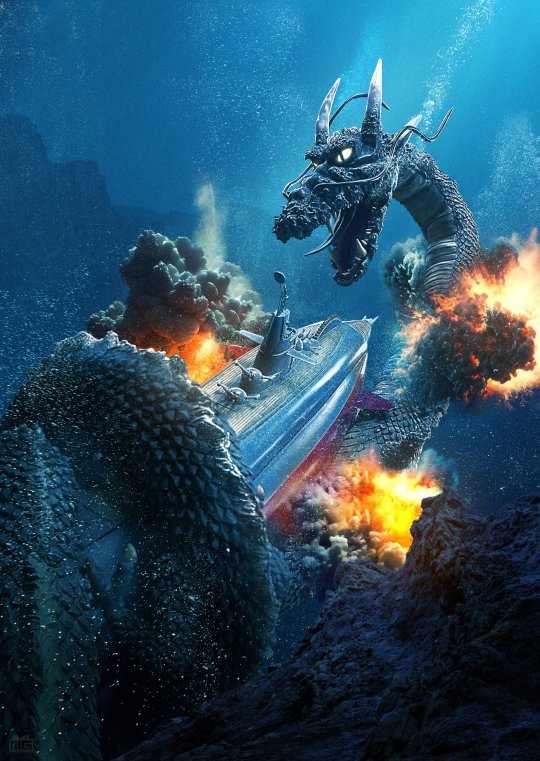
Manda attacks the Gotengo, by Nobuhiko Ito (@itonobuhiko/X/Twitter).
Manda is a kaiju that deserves more love. I was very disappointed that it was not featured in Godzilla: Final Wars (2004) along with all the other Showa-era kaiju that were brought back.
59 notes
·
View notes
Text
A very happy birthday in the afterlife to Eiji Tsuburaya! Truly the greatest of all time! Please go out and purchase August Ragone’s masterful and engrossing Eiji Tsuburaya: Master of Monsters: Defending the Earth with Ultraman, Godzilla, and Friends in the Golden Age of Japanese Science Fiction Film
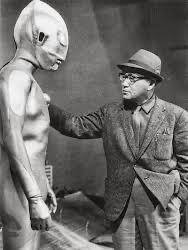

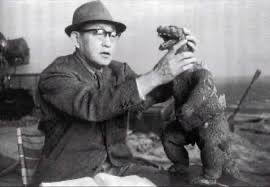


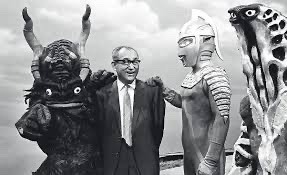
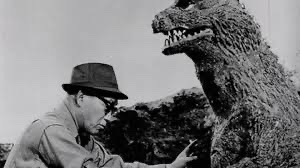
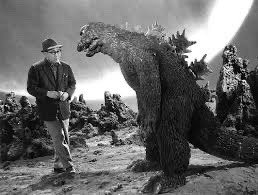


#eiji tsuburaya#toho#kaiju eiga#Godzilla#gojira#Mothra#Ultraman#ultra seven#princess kaguya#latitude zero#the lost world of sinbad#special effects#legend#pioneer#the human vapor#King Kong escapes#king kong vs godzilla#the mysterians#dogora#atragon#mothra vs. godzilla#destroy all monsters
36 notes
·
View notes
Text

Concept art for Atragon (1963)
15 notes
·
View notes
Text
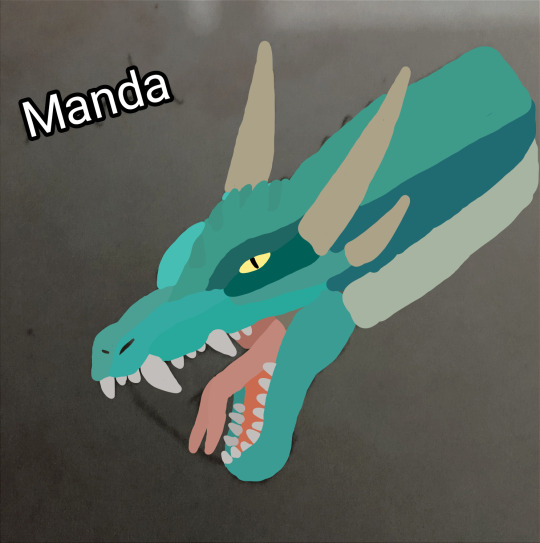
Manda
#manda#kaiju#toho#godzilla#showa era#atragon#destroy all monsters#millennium era#godzilla final wars
9 notes
·
View notes
Text

Manda
Longitud: 1,200 metros
Peso: 240,000 toneladas
Primer Avistamiento: Lemuria [Tierra: Teratoverso]
Controles: Agua Control [Nado y marejadas] Fuego Control [Llamarada de fuego]
Guarida: Lemuria [Tierra:Teratoverso] Paso de la serpiente [Avatarverso]
Aspecto: Manda Final Wars (Casi todo) + Manda Atragon (Cornamentas) + Manda Singular Point (Coloración)
Aliados:
Humanos: Aang, Katara, Soka, Iroh, Zuko
Kaijus y otras bestias: Godzilla, Gorosaurus, Zilla, King Kong, Mothra, Rodan, Anguirus y Baragon
Enemigos:
Humanos: Ozai y Azula
Kaijus y otras bestias: King Ghidorah
#kaiju#toho#manda#avatarverse#avatar: the last airbender#avatar aang#atragon#godzilla final wars#godzilla singular point#showa era#godzilla neo#matt frank#millennium era#reiwa era#tokusatsu#godzilla: singular point
7 notes
·
View notes
Text
The Muan-Atlantean War
And what exactly is Wold Newton?
Different sort of Gamera March post today, and a history lesson in digging through a bunch of websites I found probably 10-15 years ago that permanently influenced my take on kaiju films and how I write about them.
Readers of some of my own kaiju fandom stories (barely worth mentioning here considering the weight of what I’m about to talk about) may have noticed hints of a concept I’ve been recently building up to tackling, the origins of various Toho and Daiei kaiju and how they relate to two warring ancient civilizations, Toho’s Muans and Daiei’s Atlanteans. The story of how we got to this point begins in 1795 - yes, 1795. Really.
The Wold Newton family concept, per Wikipedia, is effectively a study of fictional universes, with the aim to figure out which of those universes might actually be the same universe after all. This exists largely outside of official crossovers, although those are often considered as evidence. The premise is basically “if it fits, it’s canon, and if it doesn’t fit, some version of it might still be canon.” AKA the absolute bane of a certain no-fun-allowed type of kaiju fan that I probably annoyed the hell out of in my younger days and remain damn proud of it. (/hj)
The concept dates back to a real meteorite that fell in the town of Wold Newton, Yorkshire in 1795, and Phillip José Farmer, a later American writer who proposed the hypothesis that many improbably strong or intelligent fictional heroes and villains are in fact descendants of two families irradiated by said meteorite. It’s since evolved to be more centered on the universe-connecting I’ve described above, but the idea of the two families seems to still be mentioned on occasion.
(Important note: Wold Newton historians thematically phrase their findings in a way that describes fictional events/characters as if they were part of a real history and dismiss contradictions between the included stories as ‘errors.’ This is not a slight against established canon or willful misinterpretation of official material, but a device meant to imply the official material is an erroneous or exaggerated retelling of the ‘true’ events as present in the Wold Newton Universe)
Which brings us to the first leg on the journey to how this is at all relevant to Gamera, the article Prehistoric Survivors in the Pacific by Mark Brown. This an oft-cited article by later kaiju writers, seeming to be the first ever suggestion that the people of Mu are responsible for the prehistoric creatures encountered by modern explorers in various fictional island adventure stories. I’ll note here that this article actually has nothing to do with Toho’s Muans, or the film Atragon, or any other kaiju films for that matter. It instead concerns other fictional depictions of the real-world hypothesis of the continent of Mu/Lemuria (proposed to explain similar lemur fossils appearing on continents separated by water and since discredited with the discovery of plate tectonics).
Among those writers that expanded on Mark Brown’s concept and adapted it to kaiju films, I specifically bring up Den Valdron and Chris N., who have done much of the most creative and scientific writing on Godzilla, Gamera, and their ilk that I have ever encountered - everything from hypothesizing what Gorath really is in true astronomical terms to a personal favorite wild theory that connects every giant spider that’s appeared in every film ever.
In constructing a kaiju universe to tell stories in, these following articles in particular are those I remembered best and find most relevant to revisit (note that all these links are to an old Angelfire site, The Godzilla Saga, and were written decades ago by Godzilla fans from decades ago, so may contain terms or phrasing that didn’t quite age well. Also note that the timeline is very, very long and may require several full days’ worth of reading to get through, if one feels inclined to make the attempt. The first article sums up the main concepts in a more digestible format, however):
THE ALIENS OF THE SHOWA TOHO UNIVERSE: COMMON ORIGINS? by Den Valdron, edits and supplements by Chris N.
GODZILLA SHOWA SERIES TIMELINE by Chris N.
To summarize, most if not all of the science fiction aspects of the Toho universe are ultimately derived from the ancient Muans - the kaiju are genetically-engineered bioweapons bred for war, the alien races are the descendants of Muan space explorers, the advanced level of modern human technology (Maser tanks, moon base in 1999, etc.) is a result of studying technology left over from the Mysterian invasion in 1957.
Likewise, one can assume similar, Atlantean-related origins for the Daiei science fiction elements (although I personally posit that the aliens seen in Showa Gamera are not actually living Atlanteans, more on that in my upcoming Gamera vs. Guiron review).
That said, these timelines for the most part do not seem to endorse putting the Toho and Daiei films and elements in the same universe. Each one only requires that the other ancient civilization exist as a rival to justify the creation of kaiju, not that that other civilization also created kaiju or that any of them survived to the present day. They also most certainly do not endorse my personal attempts to create a timeline not only involving Showa Toho and Showa Daiei, but one that includes the rest of the Godzilla and Gamera films including all five Godzilla Millennium series timelines (GMK and Final Wars need to be heavily modified), GODZILLA(1998) and its animated series, and perhaps most significantly, the Rebirth of Mothra trilogy, whose elements give some insight to events of Earth’s distant past before the Muans and Atlanteans.
But my most obvious Wold-Newtonian element may actually be the recent inclusion of a version of the Teenage Mutant Ninja Turtles in this universe - because the operative question isn’t “Why would they be there?” it’s “Why wouldn’t they be there?” There are actually quite a few stories and characters where I’ve hinted at there being at least some version of them in this universe (with the caveat that they don’t include any obvious complicating elements like superheroes or aliens or the world ending, etc.). However, and I feel this is important, when writing a story I’m careful to make sure the non-kaiju-related references have no more relevance than background details, unless the story I’m writing is tagged specifically as a crossover.
I’m not going to go over every single aspect of this timeline attempt, because that would be way too long and some of them are spoilers, but since this is Gamera March, I’ll end with my version of just the Gamera elements of this timeline (save for the aliens, which I’ll get to later, and Irys, whose origins I haven’t completely settled on yet. Also note that I include characters and elements from The Last Hope in my world-building but not the exact details of the legend). I use this timeline in the stories that are set in my main kaiju universe (only two definitively so far), but you can bet I’m probably still thinking about at least some of its elements, even in one-off stories and AUs that don’t directly follow these events.
12,000 years ago: In response to the Muans developing creatures that absorb atomic power (or similar energy) to grow larger and stronger, the Atlanteans switch from their arsenal of such weapons to one that includes a genetics program. The earliest kaiju created include Gyaos, Barugon, Jiger, and possibly Zedus, but when they (most significantly Gyaos) go rogue, the Atlanteans create Gamera to stop them - emboldened by the discovery of Universal Energy/Mana and their acquirement of Elias metals to use in the Magatama amulets to channel it (the same technology as the seal used on Desghidorah). Their efforts are ultimately futile, and Atlantis is destroyed.
12,000-10,000 years ago: Toward the start of the intervening millennia, a group of Atlantean survivors establishes an underground city near what would become New York. The purpose taken on by this city and its inhabitants is to allow Gamera to protect future civilizations from the Gyaos horde. During this time, Gamera’s reincarnation cycle is developed, including a number of eggs that would be distributed across the Earth and used as beacons to re-absorb and house Gamera’s Mana upon death. (The Atlantean survivors would also establish an observation outpost nearer to the surface, which would millennia later become home to four mutant turtles. At least one Atlantean inhabited the underground city up until that time, however, his intentions were ultimately malicious and an encounter with the mutant turtles left him imprisoned in stasis, where he could do no further harm).
10,000 years ago: The continent of Mu is destroyed by Battra after an attempt to gain control over the Earth with a weather machine. With humans now nearly extinct, the adult Gyaos turn on each other and the rest die of starvation. Gyaos eggs laid across the world during this time fail to hatch due to the recovering environment and associated increase in Mana, and would remain dormant until ecological destruction and the decline of Mana reaches another peak with modern humans.
3,000-1,500 years ago: It is unknown how many incarnations Gamera took on over the next many thousands of years, but by Magatama being discovered in association with Japanese cultures from these periods of its history, we can infer he had at least one, possibly many encounters with humanity in this stretch of time. It is unknown for what purpose he emerged or what other monsters he may have faced.
1965: Gamera, in either a new body hatched from an egg in the arctic or one that was imprisoned there at some point prior, is freed by an accidental nuclear explosion and (for reasons I will theorize in my review of the original Gamera) initially chooses to wage war on humanity. He would go on to later battle other monsters either directly or indirectly created by Atlantis (more on that upcoming in my Guiron review), including a reawakened Barugon (unconfirmed if Barugon follows a similar reincarnation cycle or if the cave contains a finite number of eggs) and the first new Gyaos of many to revive during this era.
1971: the events of Gamera vs. Zigra take place (the 1985 date appears to be an addition of Sandy Frank, who commissioned the dub in 1985, and if Super Monster is included in this timeline, it appears to necessitate these events taking place before 1980).
1973: Showa Gamera is Avant Gamera, and dies sacrificing himself against a larger swarm of Gyaos that awakens six years after the first.
1980: If Super Monster is included on this timeline (and at this point I’m leaning toward yes), then another incarnation of Gamera appears when, newly hatched, he somehow winds up placed in a pet store terrarium with other turtles. This Gamera would grow to full size over several days and sacrifice himself again to stop the Zanon spaceship.
1995: After hatching inside the atoll and growing large enough to lift it to the surface, Gamera engages another group of Gyaos, then later fights Legion and Irys (for now, I’m leaving Legion as a genuine interstellar lifeform, with no connection to the inhabitants of ancient Earth).
1999: Gamera succumbs to his wounds and dies, after his triumphant defeat of a much larger swarm of Gyaos (with the help of Godzilla Junior and the other broken-loose inhabitants of Monster Island, along with several rogue or territorial kaiju active at that time including Titanosaurus and King Cobra, in an event that becomes known as the Gyaos War).
2006: Gamera reawakens from another egg, and while only partially grown, manages to defeat Zedus. Which brings us to where our story (or one of them) begins...
#gamera#godzilla#wold newton#kaiju#daikaiju#tokusatsu#crossover fiction#atragon#atlantis gamera#mu atragon#continuity#fanfic#gamera march
4 notes
·
View notes


